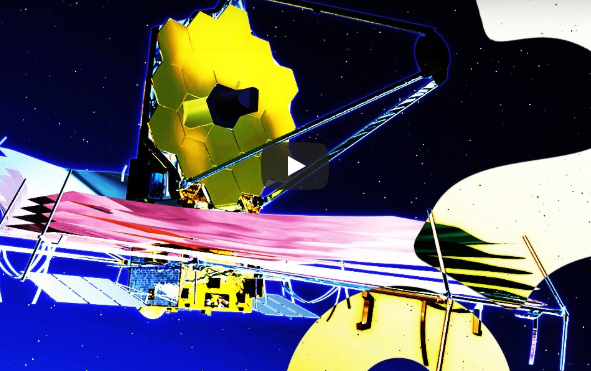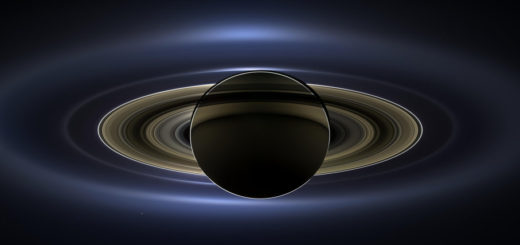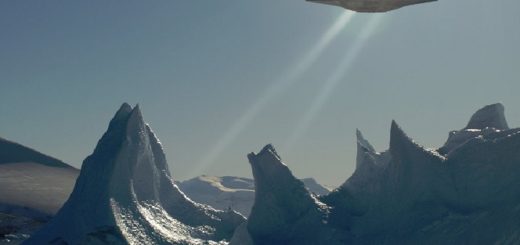Gazing at Celestial History Through the James Webb Space Telescope

In earlier videos we explored the technological capabilities of NASA’s James Webb Space Telescope, but how does this thing actually “see” through time? And how does it differ from the earlier Hubble Telescope? We spoke with Dr. John Mather, a senior project scientist at NASA’s Goddard Space Flight Center, to learn more. It’s an understatement to say Dr. Mather is an expert — he’s a Nobel laureate and literally one of the guys who proved the big bang.
First things first: While both the James Webb and the Hubble are space telescopes, they’re searching the stars for different types of information. The James Webb houses enormously sensitive instruments capable of detecting minute levels of infrared, while Hubble largely relies upon optical and ultraviolet wavelengths.
Next, the James Webb is larger, which means it’s capable of seeing further back through time — if, that is, everything goes smoothly. Once the telescope launches, it will take six months to travel to what’s known as the second Lagrange point, or L2, slowly unfolding during its journey.
As you might imagine, there are many things that could go wrong along the way. A malfunction could prevent the telescope from unfolding completely, or an errant piece of space debris could damage it en route. This sort of operation has never been conducted before, but if anyone can pull it off, it’s the scientists and engineers at NASA.
Check out the video above, where Dr. Mather explains how the James Webb senses infrared, what steps NASA takes to protect the instruments and, most importantly, what NASA expects to discover on this amazing sojourn in space.



 Creators of mankind
Creators of mankind Description of “Tall white aliens”
Description of “Tall white aliens” Where they came from?
Where they came from? About hostile civilizations
About hostile civilizations The war for the Earth
The war for the Earth “Tall white aliens” about eternal life
“Tall white aliens” about eternal life Video: “Nordic aliens”
Video: “Nordic aliens” Aliens
Aliens Alien encounters
Alien encounters The aliens base
The aliens base UFO
UFO Technology UFO
Technology UFO Underground civilization
Underground civilization Ancient alien artifacts
Ancient alien artifacts Military and UFO
Military and UFO Mysteries and hypotheses
Mysteries and hypotheses Scientific facts
Scientific facts


















